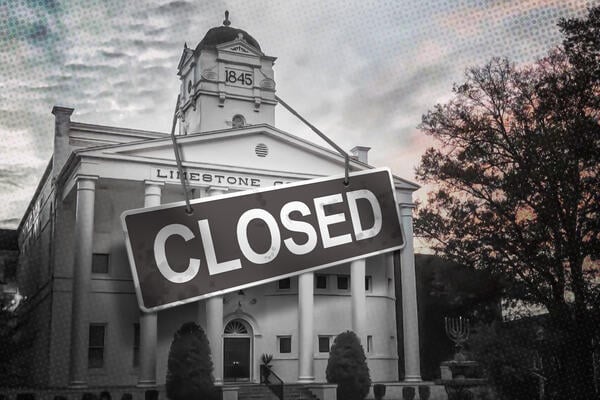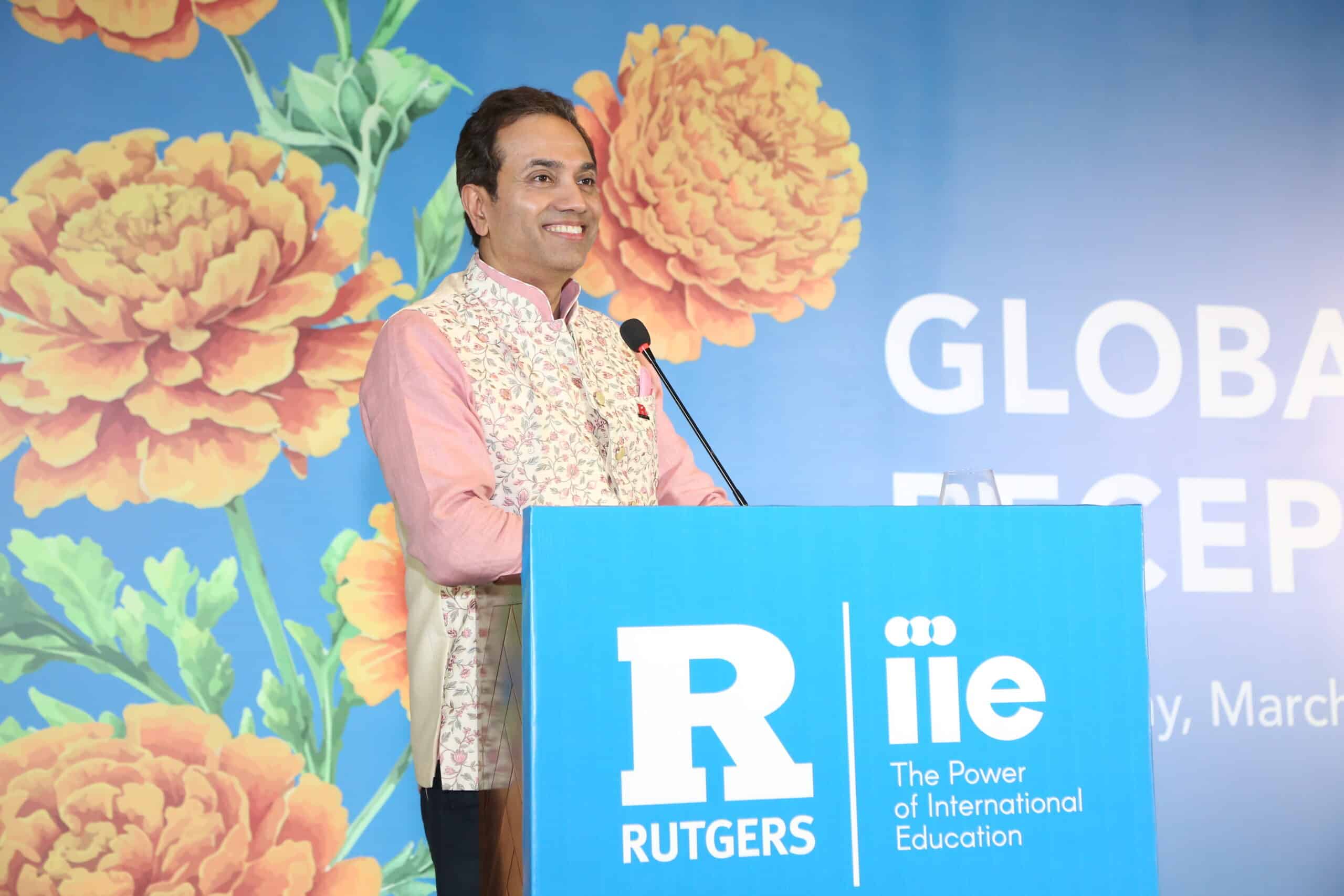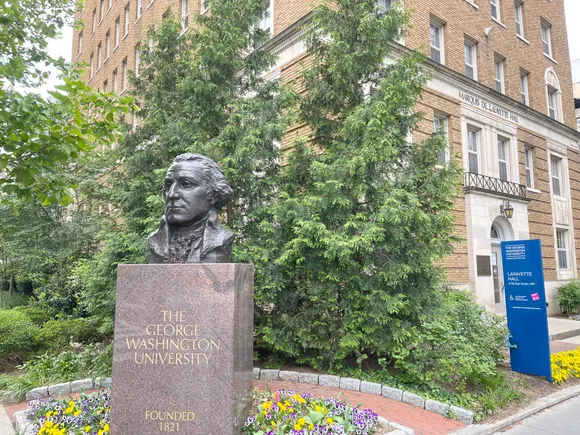Working in the College of Interdisciplinary Studies has shown me firsthand that our students face a world full of messy, tangled problems. Climate shifts, health crises, social divides, and tech changes do not fit neatly into one subject area. They need tools from many fields to tackle these issues. This teaching helps students blend ideas, think deeply across fields, and work well with people from varied backgrounds. Drawing from my experience teaching across subjects at Zayed University in Dubai, UAE, I want to share real ways teachers can build and run cross-subject courses that truly help students handle today’s complex world.
True interdisciplinary teaching goes beyond just putting different topics side by side. At our college, we have learned that it means weaving ideas, theories, and methods from many fields to examine a shared theme or question. This takes careful planning, a willingness to step outside your comfort zone, and a focus on working together. The aim is not to water down each subject but to strengthen them by showing how different ways of thinking can shed more light on tricky issues. I will share clear steps for building cross-subject courses, sparking talks across fields, checking how well students are blending ideas, and getting past common hurdles I have faced in my own teaching.
Building Interdisciplinary Courses: Choosing Scope and Mixing Knowledge
Creating a solid interdisciplinary course starts with a clear scope and thoughtful mixing of knowledge. In our college, we aim for courses where students see connections and blend insights rather than just stacking content from different fields. Often, this means finding a central theme, problem, or question that ties everything together. For example, a course on city growth might pull from earth science, social studies, money matters, and city planning. Choose fields that each add something vital to understanding your main topic. O’Sullivan (2025) suggests a “U-shaped learning” model for teaching across fields, focusing on two main skills: blending knowledge and putting it to work. This model shows learning as a path from understanding single subjects to gaining a mixed view that works in the real world.
Once you have set your central theme and chosen your fields, think about how to structure the course for sound mixing. In our college, we have succeeded in organizing units around sub-themes where different lenses are applied or using project-based learning where students work on complex problems that need input from many fields. Yang et al. (2024) studied adding interdisciplinary learning in nursing classes using games. They found this significantly boosted nursing students’ knowledge, skills, and attitudes, especially in talking with others, solving problems, and using what they learned. At our college, we map out how ideas from different fields will be introduced, how they relate, and how we will help students make these connections. This means readings from various fields, expert guest talks, or tasks that ask students to blend information from many sources.
Sparking Talks and Teamwork Across Fields
A sign of good interdisciplinary teaching is meaningful talk and teamwork among students from different backgrounds. In my classes, creating a space where students feel safe sharing ideas from their fields and respectfully engaging with different views is crucial. Teachers must be skilled guides, steering talks, handling conflicts, and helping students find common ground. Ways to boost cross-field talk include structured debates on complex issues, small group work with students from different fields, or case studies that need multiple viewpoints. The U-shaped learning model from O’Sullivan (2025) backs this kind of team learning since building people skills helps blend knowledge and put it to use.
Team projects have proven powerful for interdisciplinary learning. When students from different fields work on a shared problem, they must talk across subject lines, work through various approaches, and blend their varied skills and knowledge. Yang et al. (2024) found that mixing social service with cross-field learning in nursing exposed students to diverse challenges, which boosted their communication and problem-solving skills. In our interdisciplinary courses, we structure projects, so students take roles based on their field expertise while ensuring everyone helps blend the knowledge. Clear guidelines for group work, ways to handle conflicts, and checking individual work and group results are essential for successful interdisciplinary projects.
Checking How Well Students Blend Ideas
Checking student learning in an interdisciplinary course brings special challenges, as the goal is to test knowledge of single subjects and the ability to blend and use information from many fields. In our college, old testing methods, like exams on facts from one field, do not work well. Instead, we use assessments that show students’ ability to think critically, analyze deeply, and use mixed knowledge on complex problems. Examples include projects, research papers that blend sources from many fields, talks on solutions to real-world problems that use diverse views, or creating things (like policy briefs, design models, and media projects) that show mixed understanding. Yang et al. (2024) used number measures (tests before and after) and quality analysis of students’ thought journals to check course effectiveness and learning outcomes across fields.
Reflection also helps check interdisciplinary learning in our college. We ask students to think about their learning process, their challenges in mixing different views, and how their understanding has changed. This shows how they are developing cross-field skills. O’Sullivan (2025) notes that learning across fields involves building inner skills. Reflection tasks can help students develop these skills by pushing them to think deeply about their learning and the value of different field approaches. When creating assessments, our faculty ensure the scoring rubrics clearly state expectations and give students chances to show their skills meaningfully.
Wrapping Up
Crossing the space between fields through good interdisciplinary teaching is essential for preparing students to handle today’s complex world. By carefully designing courses that focus on mixing knowledge, sparking rich talk and teamwork, and using fitting assessment methods, teachers can create life-changing learning experiences. The insights from research on interdisciplinary learning models (O’Sullivan, 2025) and the proven benefits of mixed approaches in fields like nursing (Yang et al., 2024) offer valuable guidance. While interdisciplinary teaching brings unique challenges, the rewards of boosting students’ critical thinking, problem-solving, and teamwork skills are tremendous. In our College of Interdisciplinary Studies, we have seen how these practical methods create a complete learning setting, giving power to the next wave of thinkers and leaders who will tackle our world’s most pressing challenges.
Dr. Zeina Hojeij is a Professor at the College of Interdisciplinary Studies at Zayed University, where she has served since 2013, specializing in educational leadership and administration. With a doctorate in Educational Leadership from Saint Louis University, USA, and extensive experience in academic administration, she has held several key leadership positions, including Associate Dean for Faculty Affairs and Academic Director for the General Education Program. A certified UAE Commission for Academic Accreditation (CAA) Reviewer and Fellow of the Higher Education Academy, Prof. Hojeij combines her expertise in curriculum development with a strong research portfolio, having secured over 2 million AED in research grants over the past 10 years. Her research focuses on educational technology, leadership development, and teaching innovation. She has taught and coordinated undergraduate and graduate courses in Education and interdisciplinary education while maintaining a ten-year commitment to teacher mentoring with the Al Jalila Foundation. She holds multiple professional certifications, including Blackboard Certified Associate, Accredited Facilitator, Certified Online Instructor, and CELTA & CELTYL certifications. Her dedication to educational innovation is further evidenced by her recent Harvard Business School Online Design Thinking and Innovation certification. Fluent in English, Arabic, and French, Prof. Hojeij brings a global perspective to her work in advancing educational excellence, regularly presenting at international conferences and publishing in peer-reviewed journals.
References
O’Sullivan, G. (2025). U-shaped learning: A new model for transdisciplinary education. Humanities and Social Sciences Communications, 12(182). https://doi.org/10.1057/s41599-025-04478-8
Yang, B.-H., Lo, K.-W., Li, Y.-S., & Chao, K.-Y. (2024). Effects of integration interdisciplinary learning on student learning outcomes and healthcare-giving competence: A mixed methods study. BMC Nursing, 23(583). https://doi.org/10.1186/s12912-024-02260-w











